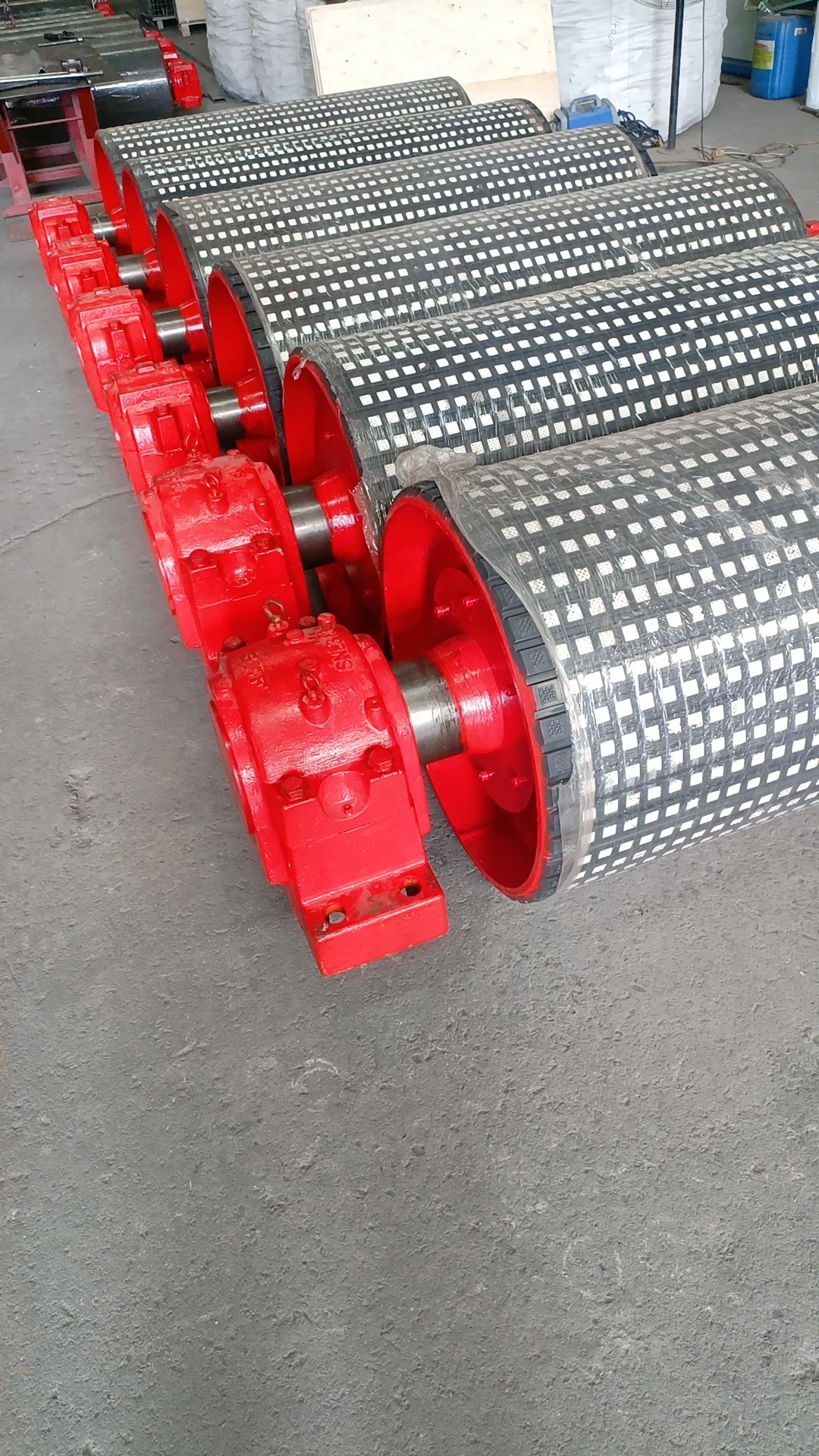 Afrikaans
Afrikaans  Albanian
Albanian  Amharic
Amharic  Arabic
Arabic  Armenian
Armenian  Azerbaijani
Azerbaijani  Basque
Basque  Belarusian
Belarusian  Bengali
Bengali  Bosnian
Bosnian  Bulgarian
Bulgarian  Catalan
Catalan  Cebuano
Cebuano  Corsican
Corsican  Croatian
Croatian  Czech
Czech  Danish
Danish  Dutch
Dutch  English
English  Esperanto
Esperanto  Estonian
Estonian  Finnish
Finnish  French
French  Frisian
Frisian  Galician
Galician  Georgian
Georgian  German
German  Greek
Greek  Gujarati
Gujarati  Haitian Creole
Haitian Creole  hausa
hausa  hawaiian
hawaiian  Hebrew
Hebrew  Hindi
Hindi  Miao
Miao  Hungarian
Hungarian  Icelandic
Icelandic  igbo
igbo  Indonesian
Indonesian  irish
irish  Italian
Italian  Japanese
Japanese  Javanese
Javanese  Kannada
Kannada  kazakh
kazakh  Khmer
Khmer  Rwandese
Rwandese  Korean
Korean  Kurdish
Kurdish  Kyrgyz
Kyrgyz  Lao
Lao  Latin
Latin  Latvian
Latvian  Lithuanian
Lithuanian  Luxembourgish
Luxembourgish  Macedonian
Macedonian  Malgashi
Malgashi  Malay
Malay  Malayalam
Malayalam  Maltese
Maltese  Maori
Maori  Marathi
Marathi  Mongolian
Mongolian  Myanmar
Myanmar  Nepali
Nepali  Norwegian
Norwegian  Norwegian
Norwegian  Occitan
Occitan  Pashto
Pashto  Persian
Persian  Polish
Polish  Portuguese
Portuguese  Punjabi
Punjabi  Romanian
Romanian  Russian
Russian  Samoan
Samoan  Scottish Gaelic
Scottish Gaelic  Serbian
Serbian  Sesotho
Sesotho  Shona
Shona  Sindhi
Sindhi  Sinhala
Sinhala  Slovak
Slovak  Slovenian
Slovenian  Somali
Somali  Spanish
Spanish  Sundanese
Sundanese  Swahili
Swahili  Swedish
Swedish  Tagalog
Tagalog  Tajik
Tajik  Tamil
Tamil  Tatar
Tatar  Telugu
Telugu  Thai
Thai  Turkish
Turkish  Turkmen
Turkmen  Ukrainian
Ukrainian  Urdu
Urdu  Uighur
Uighur  Uzbek
Uzbek  Vietnamese
Vietnamese  Welsh
Welsh  Bantu
Bantu  Yiddish
Yiddish  Yoruba
Yoruba  Zulu
Zulu Benefits of Using Rubber Pulleys in Mechanical Systems and Applications
Understanding Rubber Pulleys Design, Applications, and Benefits
In the realm of mechanical components, pulleys play a crucial role in transmitting power and motion within various systems. Among the different types of pulleys, rubber pulleys have gained significant attention due to their unique properties and versatility. This article will delve into the characteristics, design considerations, applications, and advantages of rubber pulleys, highlighting their importance in modern engineering.
Characteristics of Rubber Pulleys
Rubber pulleys are primarily made from a synthetic rubber compound, which provides several favorable attributes. One of the most notable characteristics is their excellent grip. The high friction coefficient of rubber enables effective transmissions of power without slipping, making them ideal for applications where precision and reliability are essential. Additionally, rubber pulleys offer a degree of elasticity, allowing them to absorb shock loads and vibrations, which can be advantageous in reducing wear and tear on machinery.
Moreover, rubber pulleys are resistant to wear, moisture, and a variety of chemicals, which broadens their applicability in different environments. Their ability to remain functional under extreme temperatures also adds to their durability. These characteristics make rubber pulleys suitable for both industrial and consumer applications, where performance and longevity are critical.
Design Considerations
When designing rubber pulleys, several factors must be taken into account to ensure optimal performance. The size and shape of the pulley play a vital role in its effectiveness. Depending on the application, the diameter, thickness, and groove design must be tailored to accommodate different belt types, loads, and speed requirements.
The type of rubber compound used is also crucial, as it directly impacts the pulley’s durability and performance. For instance, incorporating additives can enhance specific properties such as UV resistance, temperature tolerance, or chemical stability. Additionally, the design process may involve computer simulations and testing to ensure that the pulley can withstand operational stress without failure.
Another important aspect is the mounting and alignment of rubber pulleys within a system
. Proper alignment can significantly reduce friction and wear, enhancing the overall efficiency of the machinery. Thus, engineers must pay close attention to the installation process to ensure that the pulleys remain aligned during operation.rubber pulley

Applications of Rubber Pulleys
Rubber pulleys are employed across a wide range of industries and applications. One of the most common uses is in conveyor systems, where they facilitate the movement of goods in warehouses, factories, and distribution centers. Their ability to provide a firm grip on belts ensures that products move smoothly from one point to another.
In the automotive industry, rubber pulleys are integral to drive systems, including timing belts and accessory drives. Their elasticity and shock-absorbing properties help to mitigate vibrations from the engine, contributing to a smoother ride. Additionally, rubber pulleys are used in various power transmission applications, such as fan drives, where they assist in maintaining optimal airflow.
Another notable application of rubber pulleys is in home appliances. Washing machines, dryers, and vacuum cleaners often feature rubber pulleys, contributing to their efficient operation by providing a reliable means of power transmission. The noise-dampening characteristics of rubber also help in minimizing operational sound, making these devices more user-friendly.
Advantages of Rubber Pulleys
The benefits of rubber pulleys extend beyond their basic functionalities. Their cost-effectiveness is a significant advantage; compared to steel or plastic alternatives, rubber pulleys can be manufactured at a lower cost while still providing excellent performance. This makes them accessible for various applications, from small-scale projects to large industrial operations.
Furthermore, rubber pulleys require less maintenance than many other materials. Their resistance to wear and environmental factors means that they can operate effectively for extended periods without frequent replacements or repairs. This not only lowers operational costs but also enhances the reliability of machinery.
In conclusion, rubber pulleys represent a vital component in many mechanical systems, owing to their unique properties, versatility, and wide range of applications. As industries evolve and the demand for efficient power transmission solutions grows, the importance of rubber pulleys in design and engineering continues to be underscored. Their capacity to deliver superior performance, combined with durability and cost-effectiveness, ensures that rubber pulleys will remain an essential part of both contemporary and future mechanical systems.
-
Revolutionizing Conveyor Reliability with Advanced Rubber Lagging PulleysNewsJul.22,2025
-
Powering Precision and Durability with Expert Manufacturers of Conveyor ComponentsNewsJul.22,2025
-
Optimizing Conveyor Systems with Advanced Conveyor AccessoriesNewsJul.22,2025
-
Maximize Conveyor Efficiency with Quality Conveyor Idler PulleysNewsJul.22,2025
-
Future-Proof Your Conveyor System with High-Performance Polyurethane RollerNewsJul.22,2025
-
Driving Efficiency Forward with Quality Idlers and RollersNewsJul.22,2025





























